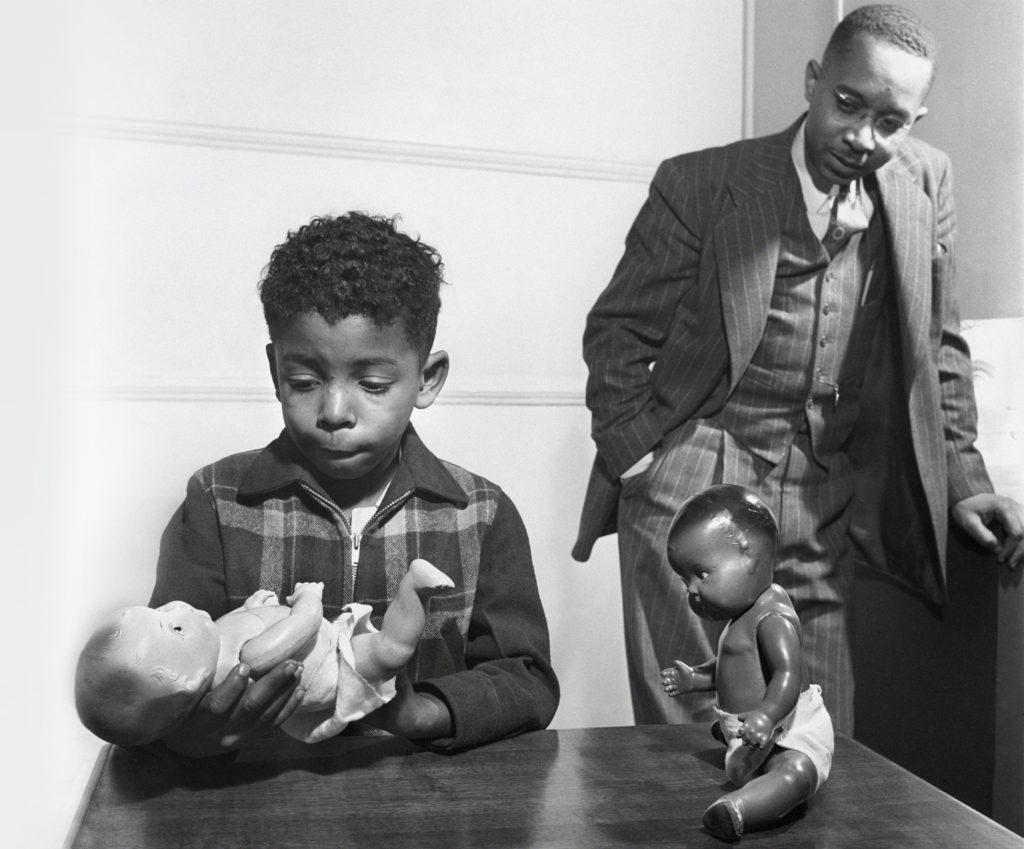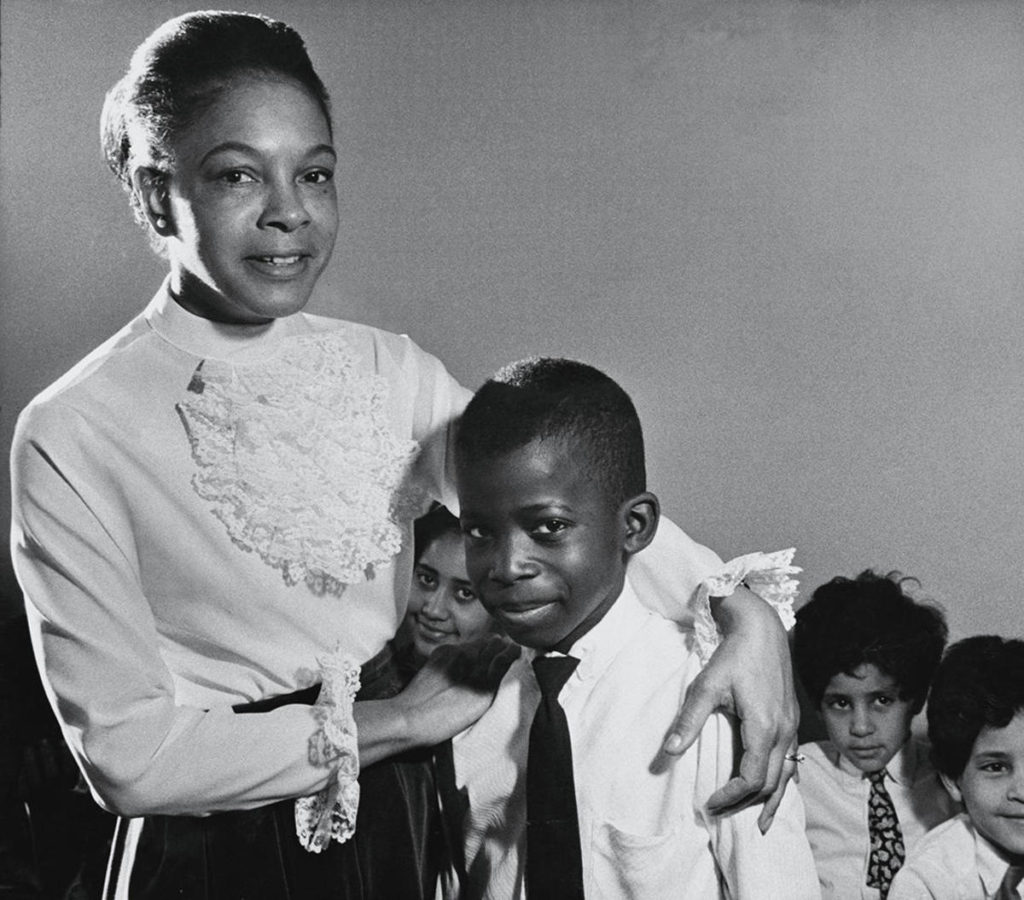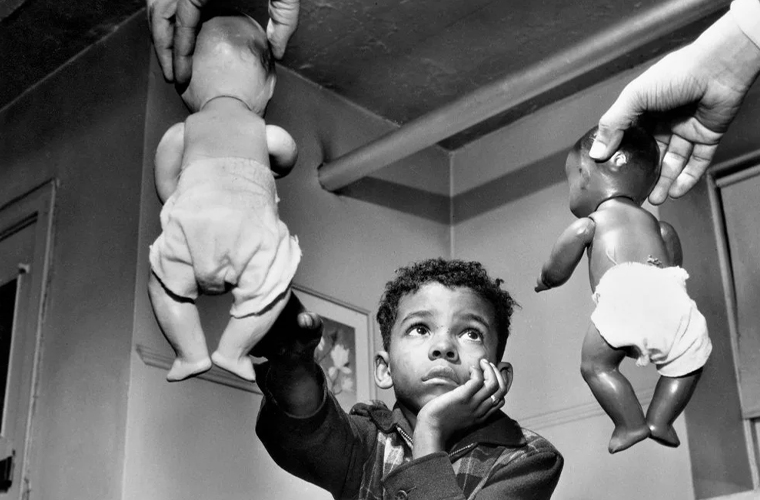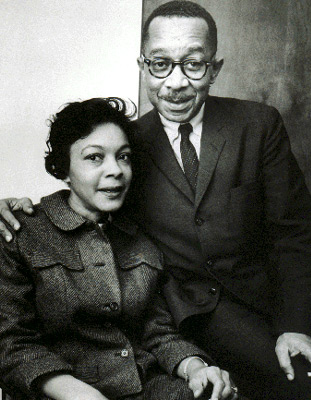Breaking up with “Empathy”: A New Way of Thinking
Empathy can be benign, highly subjective, and increasingly overused. It has become a catch-all term that “covers bases” but often lacks the depth needed to drive actionable change. As a word with a multitude of interpretations, empathy is insufficient in today’s world. We need to become more accountable, compassionate, and measurable in how we apply



